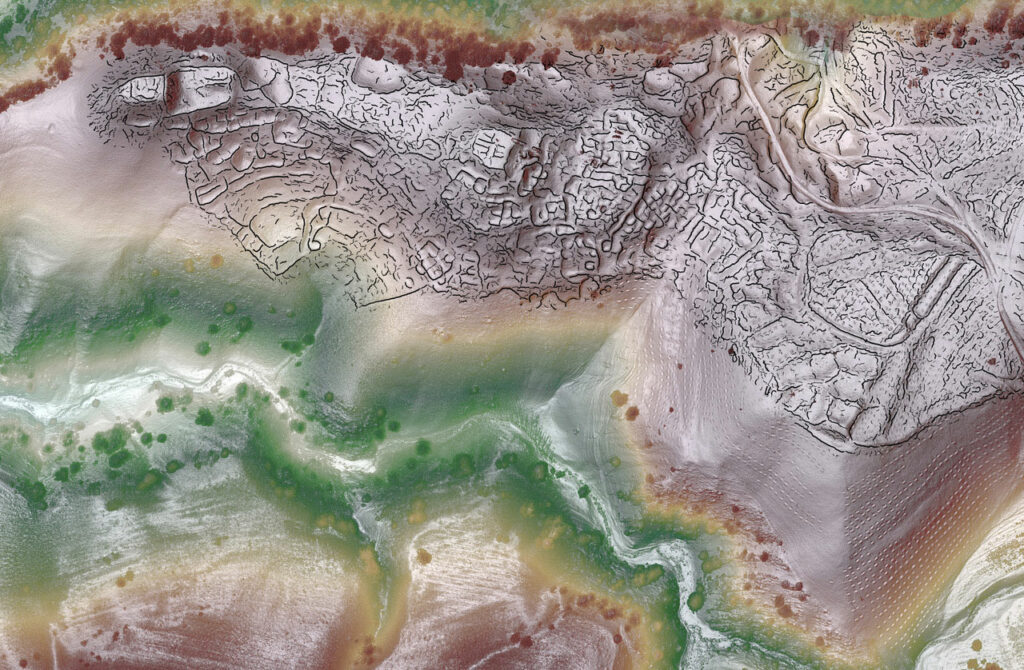
ST. LOUIS, MISSOURI—Lidar surveys have revealed that two medieval towns about three miles apart in the mountains of Uzbekistan may have eventually become one large urban center, according to a Newsweek report. Archaeologist Michael Frachetti of Washington University in St. Louis said that the towns, known as Tashbulak and Tugunbulak, are situated at around 6,500 and 7,200 feet above sea level. Tashbulak covered 30 to 40 acres and was occupied between the eighth and eleventh centuries, while Tugunbulak was occupied between the sixth and eleventh centuries. Using remote sensing equipment, an international team of researchers detected more than 300 structures, including watchtowers connected with walls along a ridgeline, traces of terracing, and a central fortress surrounded by stone and mudbrick walls at Tugunbulak. “By the time Tashbulak gets going, I envision these cities as interconnected, thus part of a wider urban network,” Frachetti said. He thinks this urban area was likely a stop on the trade route known as the Silk Road connecting the Mediterranean and China. Read the original scholarly article about this research in Nature. To read about a city in Tajikistan that flourished from the fifth to the eighth century a.d., go to “A Silk Road Renaissance.”